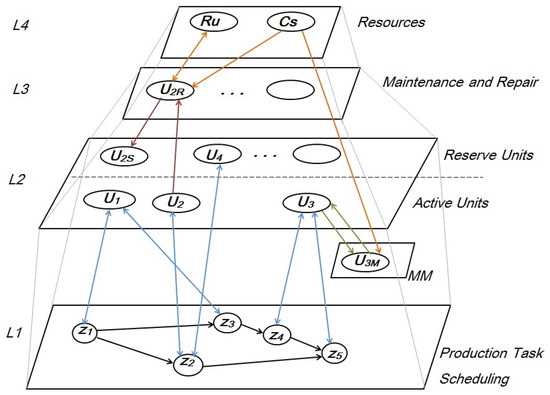

- Train dispatcher 3.5 territories torrent Pc#
- Train dispatcher 3.5 territories torrent series#
- Train dispatcher 3.5 territories torrent free#
This structure first made its appearance in Intel’s Sandy Bridge architecture, and it serves as a temporary home for the internal micro-ops generated as part of the decode stage. The op cache is one of the biggest improvements to Zen’s fetch-and-decode stage. Much of the Zen core can be competitively shared between multiple threads of execution, and only a few resources-a new structure for AMD chips called the op cache, the store queue, and the retire queue-are statically partitioned. Another new AMD trick for Zen is simultaneous multithreading, or SMT-better known as Hyper-threading in Intel parlance-to take advantage of otherwise idle execution resources. This coprocessor layout is quite a bit different from the dual-integer-unit and shared-floating-point-unit structure of the Bulldozer core. The first point of interest is that each core will have its own integer and floating-point units to work with. AMD has consistently touted a “40% IPC speedup” in its discussions of Zen from the beginning, and I’ll do the best I can to briefly explain how AMD got there with its latest and greatest.Īt the highest level, I want to draw your attention to two clusters of rectangles in this high-level block diagram of the Zen CPU core. Instead, Zen is a sleek, shiny new chassis that looks a bit like Sandy Bridge and its derivatives if you squint a bit. The company’s engineers have tossed the tightly-coupled “module” concept of Bulldozer and friends on the scrap heap. The Zen microarchitecture is a complete re-imagining of what an AMD x86 processor should look like. Before we see whether or how the first Zen chips live up to the deafening hype that AMD has drummed up over the past few months, it’s worth taking a peek under the hood to see just how the company fulfilled the promises it’s made about Ryzen’s performance. We’ve spent nearly every waking hour of the past few days turning every knob and dial we can to make our Ryzen CPUs sweat. We’ve had three Ryzen CPUs in the TR labs this past week: the Ryzen 7 1800X, the Ryzen 7 1700X, and the Ryzen 7 1700. Go ahead and breathe a sigh of relief now. Not to spoil things too much, but Zen is solid. The entire company’s future, if I had to guess. After 10 years and change, the Zen microarchitecture that’s launching this morning aboard AMD’s Ryzen CPUs has a lot riding on its shoulders. We can’t forget the company’s long slide into data-center irrelevance, either, an attractive and high-margin business that Intel basically has to itself these days.

It didn’t help that AMD’s bet on the fusion of Radeon graphics and traditional CPU cores over seven generations of APUs didn’t find many takers in the lower end of the market.

Then-AMD CEO Rory Read eventually conceded that Bulldozer “ was not the game-changing part when it was introduced three years ago,” but the ‘dozer’s derivatives have had to soldier on in various forms in AMD’s CPUs ever since. Our move to frame-time benchmarking between Bulldozer and Piledriver made the refreshed architecture’s shortcomings especially clear for gaming performance. Famously, 2011’s ambitious Bulldozer architecture trailed Intel’s seminal Sandy Bridge CPUs substantially when it launched aboard the FX-8150, and the Piledriver refresh of that architecture in 2014 didn’t help much.
Train dispatcher 3.5 territories torrent series#
2007’s Phenom family of chips suffered from a performance-robbing TLB erratum, and the Phenom II series only duked it out with Intel chips from prior generations in its time. The Conroe cores in that E6400 and its friends helped touch off an Intel CPU performance lead that AMD hasn’t much challenged since.
Train dispatcher 3.5 territories torrent free#
My elation with that PC- Dual cores! 4GB of memory! A graphics card that can run Half-Life 2! Free Windows Vista!-probably wasn’t shared by the AMD boardroom at the time.
Train dispatcher 3.5 territories torrent Pc#
I picked out a Core 2 Duo E6400 and a proper motherboard, guided by a friendly-sounding article from some PC hardware site I’d found while Googling around. Way, way back in the fall of 2006, I put together my first PC in my dorm room.


 0 kommentar(er)
0 kommentar(er)
